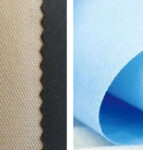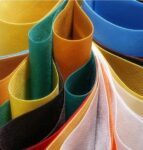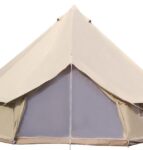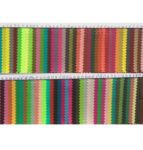Polypropylene melt blown non woven fabric is an increasingly popular material that can offer a variety of benefits for businesses across many industries. Learn more here about the potential applications and advantages of this versatile material.
What is Melt Blown Non-Woven Fabric?
Melt blown non-woven fabric is a material typically composed of polypropylene, which is known for its superior strength and durability. This fabric is made through a process of high-velocity hot air where the molten polypropylene plastic fibers are blasted into thin filaments and collected on a conveyor belt to cool and solidify. The result is a lightweight, yet strong and durable fabric that has many potential applications.
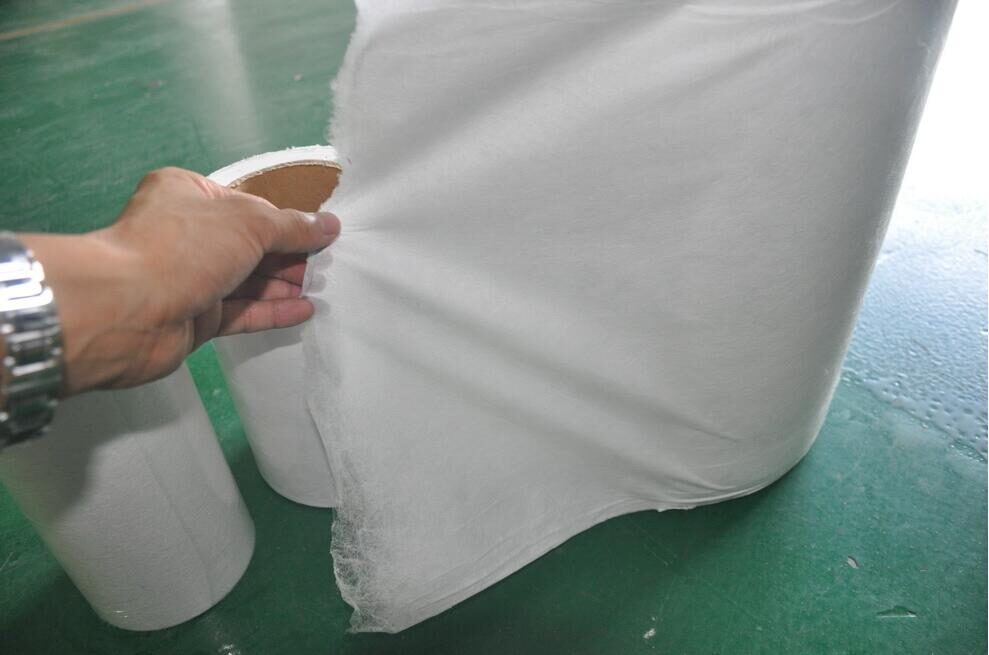
What are the Types of Melt Blown Non-Woven Fabric?
Meltblown nonwoven fabric can be classified into different types based on their characteristics and applications. Here are some of the commonly used types of meltblown nonwoven fabric:
1.Standard Meltblown: This is the most basic type of meltblown nonwoven fabric, which is made using a single polymer material. It is used for general filtration purposes and is often used as a pre-filter layer in air and liquid filtration systems.
2.Oil Absorbent Meltblown: This type of meltblown nonwoven fabric is made using a special polymer material that has a high affinity for oil. It is commonly used in oil spill cleanup operations, as it can absorb oil while repelling water.
3.High-Efficiency Particulate Air (HEPA) Meltblown: This is a highly efficient type of meltblown nonwoven fabric that is used in air filtration systems. It can capture particles as small as 0.3 microns with an efficiency of up to 99.97%.
4.Medical Grade Meltblown: This type of meltblown nonwoven fabric is made using a specialized polymer material that is safe for use in medical applications. It is commonly used in the production of medical masks, gowns, and other personal protective equipment (PPE).
5.Industrial Grade Meltblown: This type of meltblown nonwoven fabric is made using a polymer material that is resistant to chemicals and high temperatures. It is commonly used in industrial applications such as oil and gas filtration, insulation, and soundproofing.
These are just a few examples of the types of meltblown nonwoven fabric available in the market. The specific type of fabric used will depend on the application and the required performance characteristics.
How is it Made?
Meltblown nonwoven fabric is made using a process called melt blowing, which is a specialized technique used to create thin fibers from thermoplastic materials. The fibers are then assembled into a web-like structure to form the fabric.
Here are the steps involved in the production of meltblown nonwoven fabric:
1.Material Preparation: The first step is to prepare the thermoplastic material. This can be done by melting and extruding the plastic polymer into fine strands.
2.Melt Blowing: The fine strands of thermoplastic material are then fed into a high-speed hot air stream, where they are stretched and thinned out. This is done by passing the fibers through a die, which has many small holes. The hot air stream forces the fibers through the holes, causing them to stretch and become thinner.
3.Collecting the Fabric: The stretched fibers are collected on a conveyor belt or a drum, where they are deposited to form a random, nonwoven mat. This mat is then bonded together using heat, pressure, or a combination of both to form a durable and flexible fabric.
4.Finishing: The final step involves finishing the meltblown nonwoven fabric by treating it with chemicals, coating it with additives or laminating it with other materials to improve its strength, durability, and performance.
What are the Benefits of Using Melt Blown Non Woven Fabric?
Melt blown non-woven fabric has several key benefits that make it attractive to use in a variety of applications.
1.High filtration efficiency: Melt blown non-woven fabric has a fine fiber diameter, which allows it to capture even small particles. This makes it an excellent choice for air and liquid filtration applications.
2.Barrier properties: Melt blown non-woven fabric is a good barrier against liquids, bacteria, and viruses. This makes it suitable for medical and personal protective equipment applications.
3.Softness: Melt blown non-woven fabric is soft to the touch, making it comfortable for use in applications such as face masks and wipes.
4.Lightweight: Melt blown non-woven fabric is lightweight, which makes it easy to handle and transport. This is especially important for applications where weight is a factor, such as in automotive insulation.
5.Durability: Melt blown non-woven fabric is strong and durable, which makes it suitable for use in applications such as building insulation and protective clothing.
6.Versatility: Melt blown non-woven fabric can be produced in a variety of colors, thicknesses, and textures, which makes it suitable for a wide range of applications.
7.Cost-effective: Melt blown non-woven fabric is relatively inexpensive to produce, which makes it a cost-effective option for many applications.
What are Some Potential Applications of Melt Blown Non Woven Fabric?
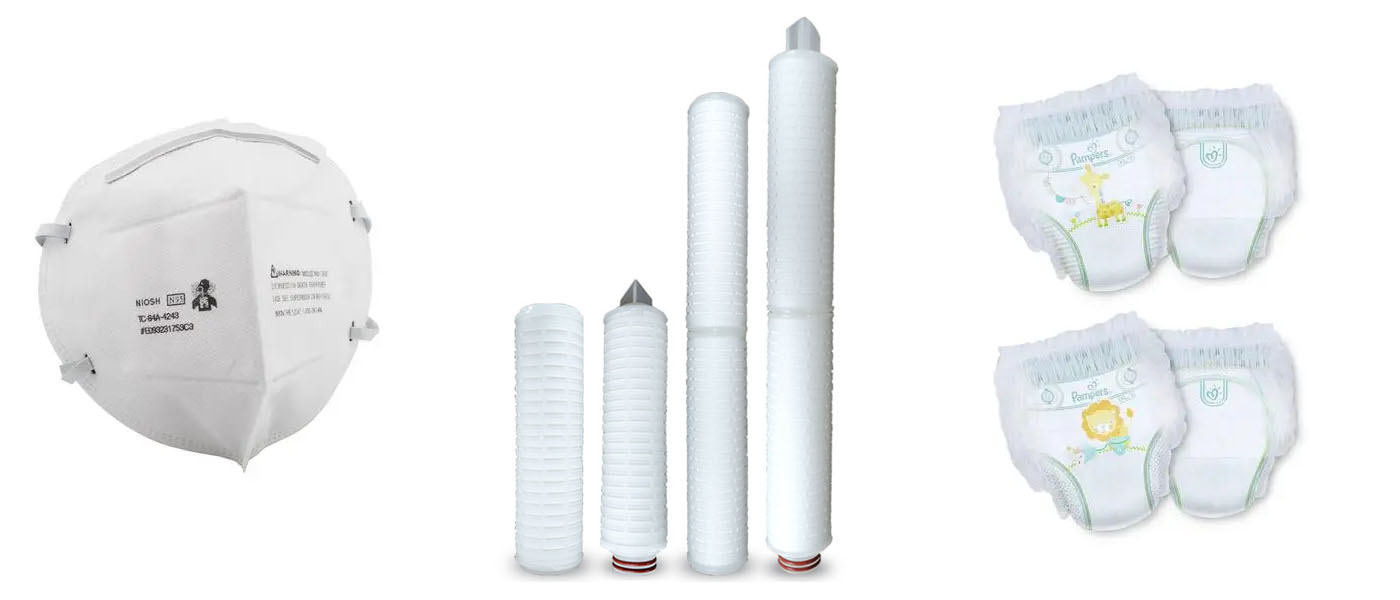
Melt blown non-woven fabric has several potential applications, including:
1.Medical textiles: Melt blown non-woven fabric is commonly used in medical face masks, surgical gowns, and other medical textiles due to its excellent filtration and barrier properties.
2.Filtration media: The fine fibers of melt blown non-woven fabric make it an effective filtration media for air and liquid filtration applications, such as HVAC filters, water filters, and oil filters.
3.Insulation: Melt blown non-woven fabric can be used as thermal insulation in applications such as automotive insulation and building insulation.
4.Wiping materials: Melt blown non-woven fabric can be used as wiping materials in cleanrooms and other environments where cleanliness is critical.
5.Absorbent materials: Melt blown non-woven fabric can be used as an absorbent material in applications such as oil spill cleanup and disposable diapers.
6.Personal protective equipment (PPE): Melt blown non-woven fabric can be used in PPE such as protective clothing, gloves, and face shields.
7.Packaging materials: Melt blown non-woven fabric can be used as packaging materials for fragile and sensitive products.
